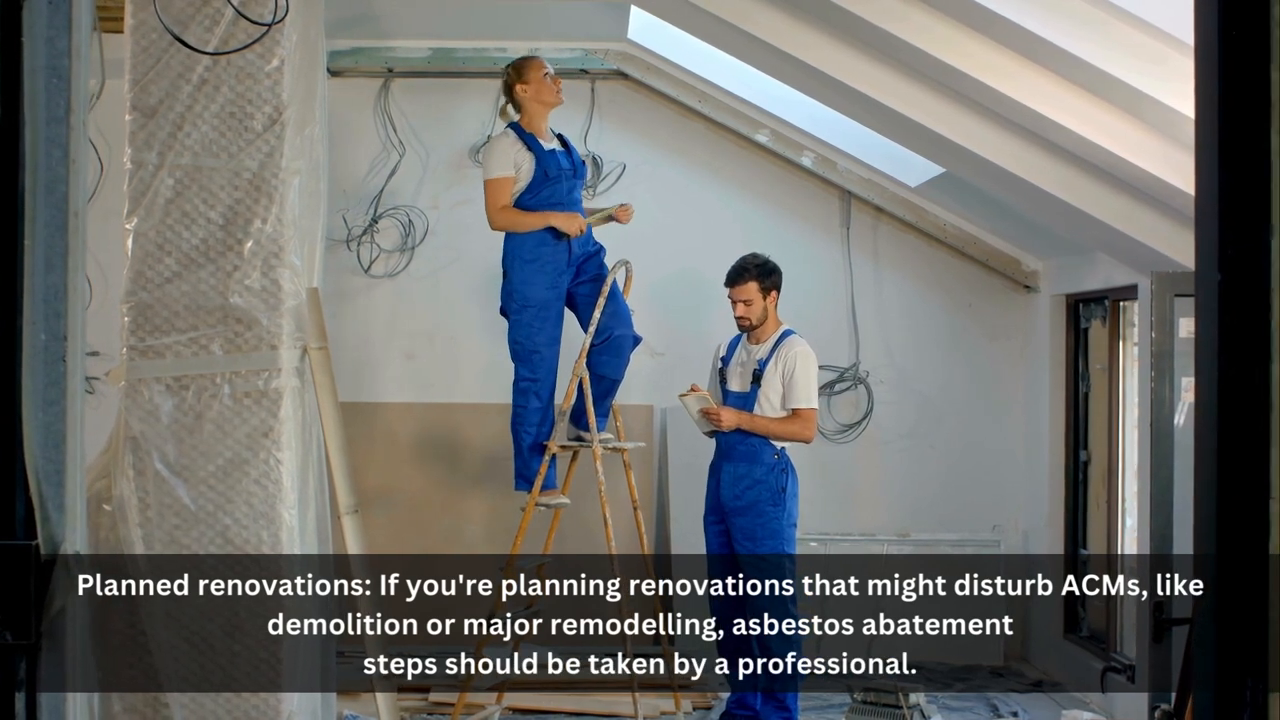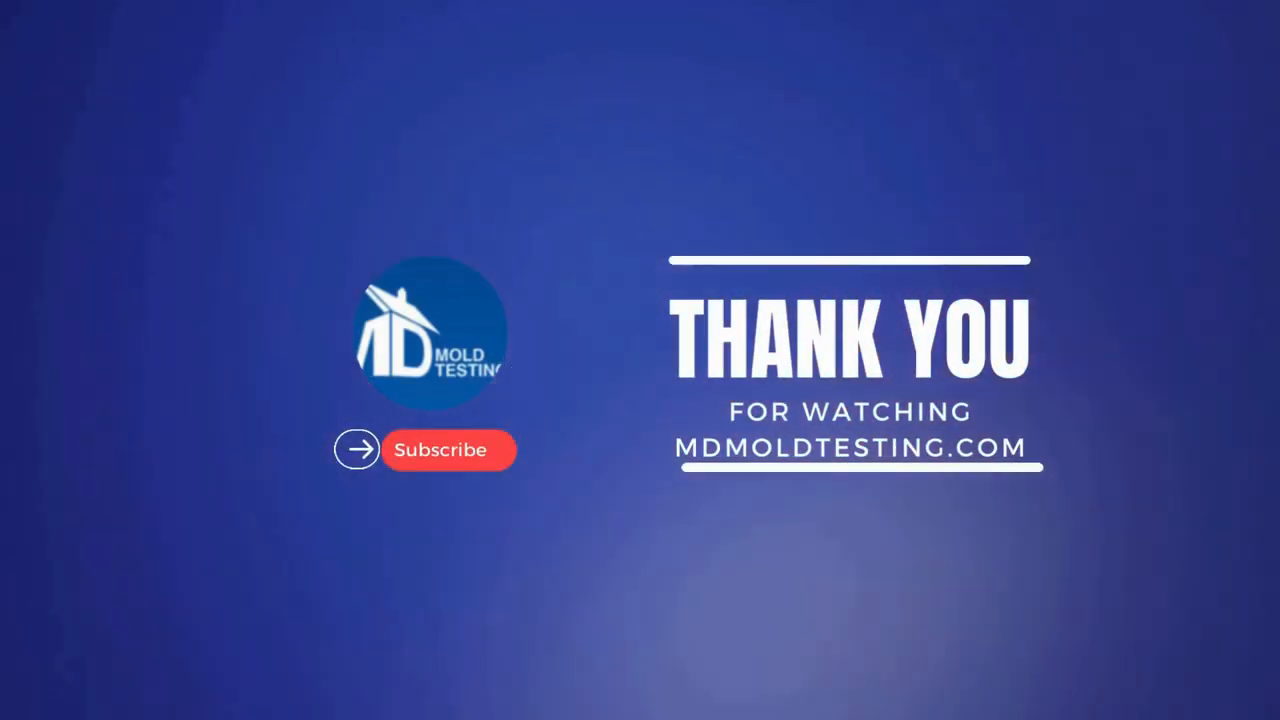Is Asbestos in My House Dangerous?
Hey everyone! Welcome back to MD Mold Testing. We’ve been providing professional home inspection services for over 20 years in the Maryland, Washington DC, Delaware, and northern Virginia areas. Today, we’re tackling a common homeowner concern: asbestos.
If you’re worried about asbestos lurking in your house, you’re not alone. But before you panic, let’s break down the facts and answer the burning question: Is asbestos in my house dangerous?
What is Asbestos?
Asbestos is a naturally occurring mineral that was once widely used in construction materials because of its heat resistance and insulation properties. Unfortunately, asbestos fibers are also incredibly tiny and can become airborne when disturbed. Inhaling these fibers can lead to serious health problems, including lung cancer.
However, asbestos itself is not necessarily harmful. Asbestos is only harmful if its fibers are released into the air and inhaled. If the asbestos-containing materials (ACMs) in your house are undamaged and undisturbed, they really don’t pose an immediate health risk. Think of it like this:
A brick of asbestos is like a rock, completely harmless until it crumbles and releases dust.

When Should I Be Worried About Asbestos?
There are a few situations where you should be concerned about asbestos:
- Visible Damage: If you see asbestos-containing materials that are cracked, crumbling, or degrading, that’s a red flag. Disturbed ACMs can release asbestos fibers.
- Planned Renovations: If you’re planning renovations that might disturb ACMs, like demolition or major remodeling, asbestos abatement steps should be taken by a professional.
- Uncertainty: If you’re unsure whether materials in your house contain asbestos, it’s best to err on the side of caution and get them tested.
What Should I Do If I Suspect Asbestos in My Home?
If you suspect asbestos is in your home, the first step is to get it tested. A qualified inspector can take samples of suspect materials and send them to a lab for analysis. This will give you a definitive answer about the presence of asbestos and what type it is.
Don’t worry, it’s not all doom and gloom! Here’s the good news: In most cases, asbestos abatement isn’t even necessary. If the asbestos is encapsulated and undamaged, you can often leave it in place and manage it carefully. There are also ways to seal asbestos-containing materials safely during renovations if necessary, but this should always be done by a professional.
Always Consult a Professional
If you have asbestos in your house, don’t try to handle it yourself. Always consult with a certified, licensed asbestos professional for guidance on testing, abatement, or management. They have the expertise and equipment to handle asbestos safely and effectively.
Some key things to remember when dealing with potential asbestos:
- Don’t disturb suspect materials
- Don’t attempt to remove asbestos yourself
- Do hire a professional to test and assess
- Do follow professional recommendations for management or abatement

Asbestos Safety Tips for Homeowners
While it’s always best to leave asbestos handling to the pros, there are some safety precautions you can take as a homeowner:
- Educate yourself on where asbestos is commonly found (insulation, flooring, roofing, etc.)
- Regularly inspect your home for signs of wear or damage to potential ACMs
- Avoid drilling, sanding, or otherwise disturbing ACMs
- If you must work around ACMs, wear proper protective equipment
- Clean up any potential asbestos debris using wet methods (never sweep or vacuum)
Asbestos Abatement and Removal
If testing reveals that asbestos abatement or removal is necessary, this is definitely a job for licensed professionals. Abatement may involve:
- Sealing off the work area
- Using specialized filtration equipment
- Carefully removing ACMs and disposing of them properly
- Thoroughly cleaning the area afterwards
Proper abatement procedures are critical to prevent asbestos exposure for both workers and occupants. Never attempt a DIY asbestos removal project!
In Summary
To recap, asbestos in your home is not necessarily dangerous if it’s in good condition and left undisturbed. However, damaged or disturbed asbestos can release hazardous fibers into the air. If you suspect asbestos in your home:
- Have it tested by a professional
- Discuss your options if asbestos is present
- Hire licensed contractors for any abatement or removal
- Take precautions to avoid disturbing ACMs yourself
Remember, with the right knowledge and professional help, potential asbestos in your home is a manageable issue. Don’t let asbestos fears keep you up at night!
Get Help from MD Mold Testing
We hope this has helped answer some of your questions about household asbestos. Here at MD Mold Testing, we’re always happy to lend our expertise. If you have any other concerns, feel free to leave them in the comments below and we’ll do our best to address them.
For more helpful home maintenance tips, be sure to subscribe to our channel! And if you’re in need of asbestos, mold, or other testing services in the Washington DC or Rehoboth Beach, Delaware areas, give us a call at 301-412-7562. Our licensed professionals are standing by to help.
Thanks for tuning in, and remember – when it comes to asbestos, knowledge is power. Stay safe out there!


